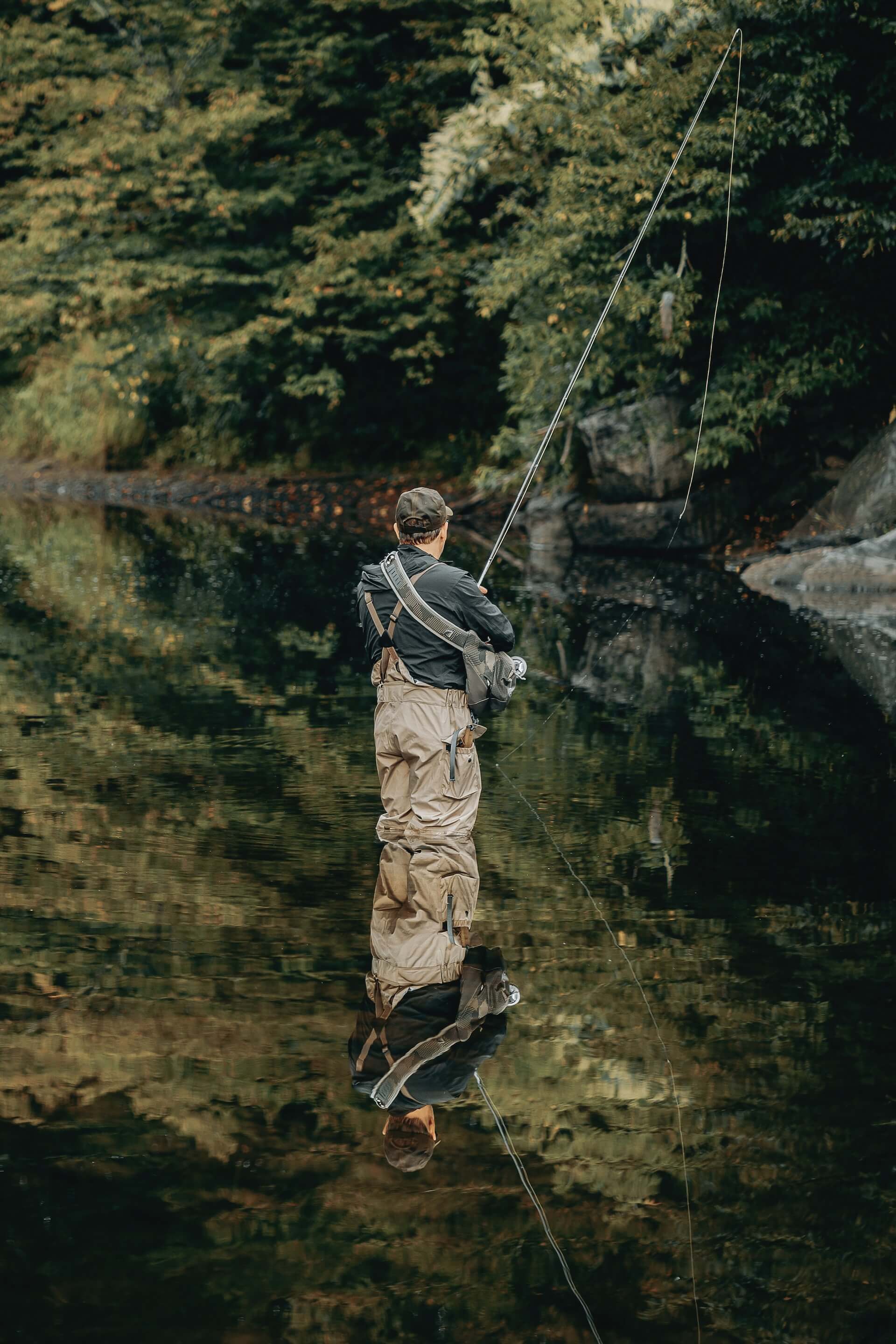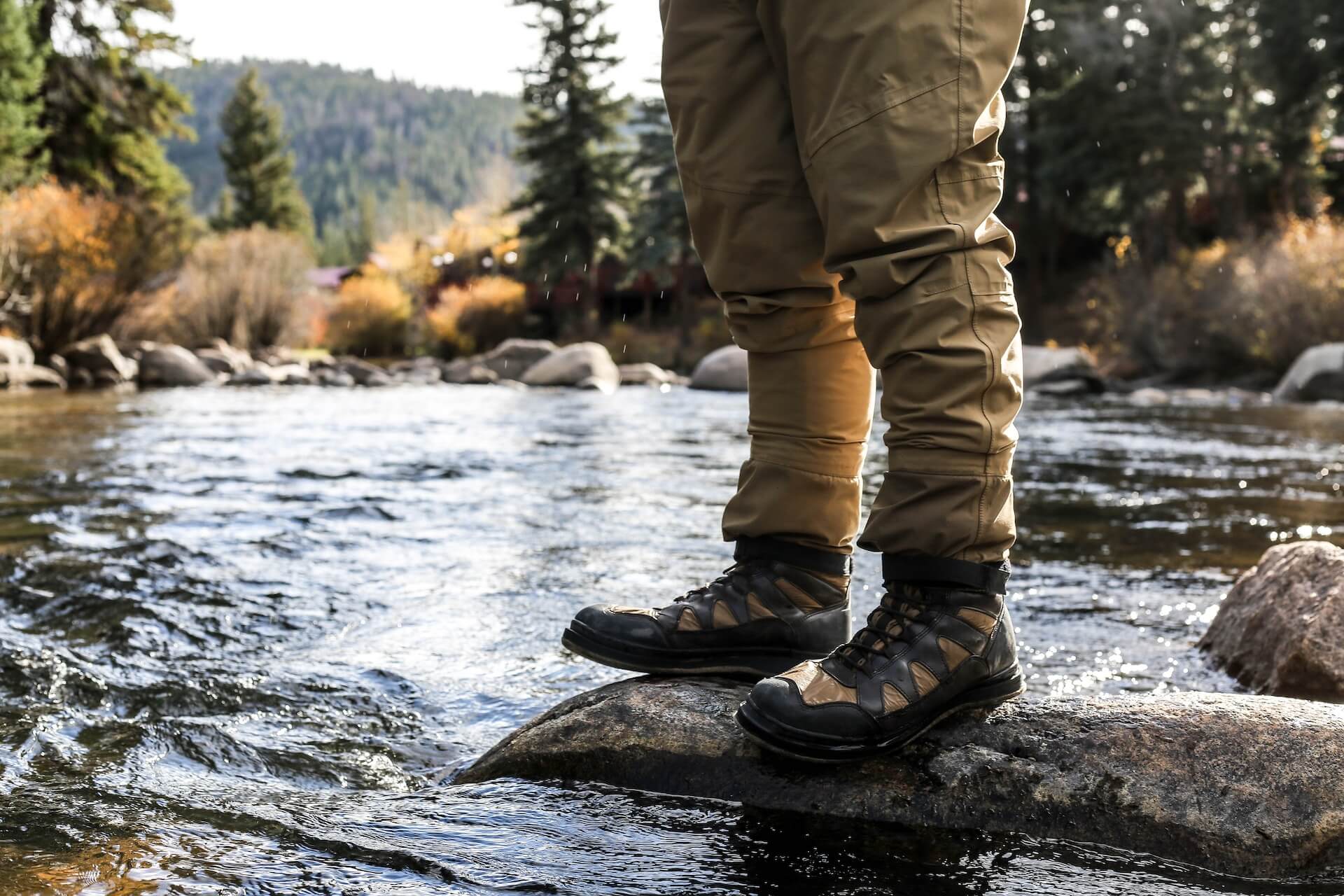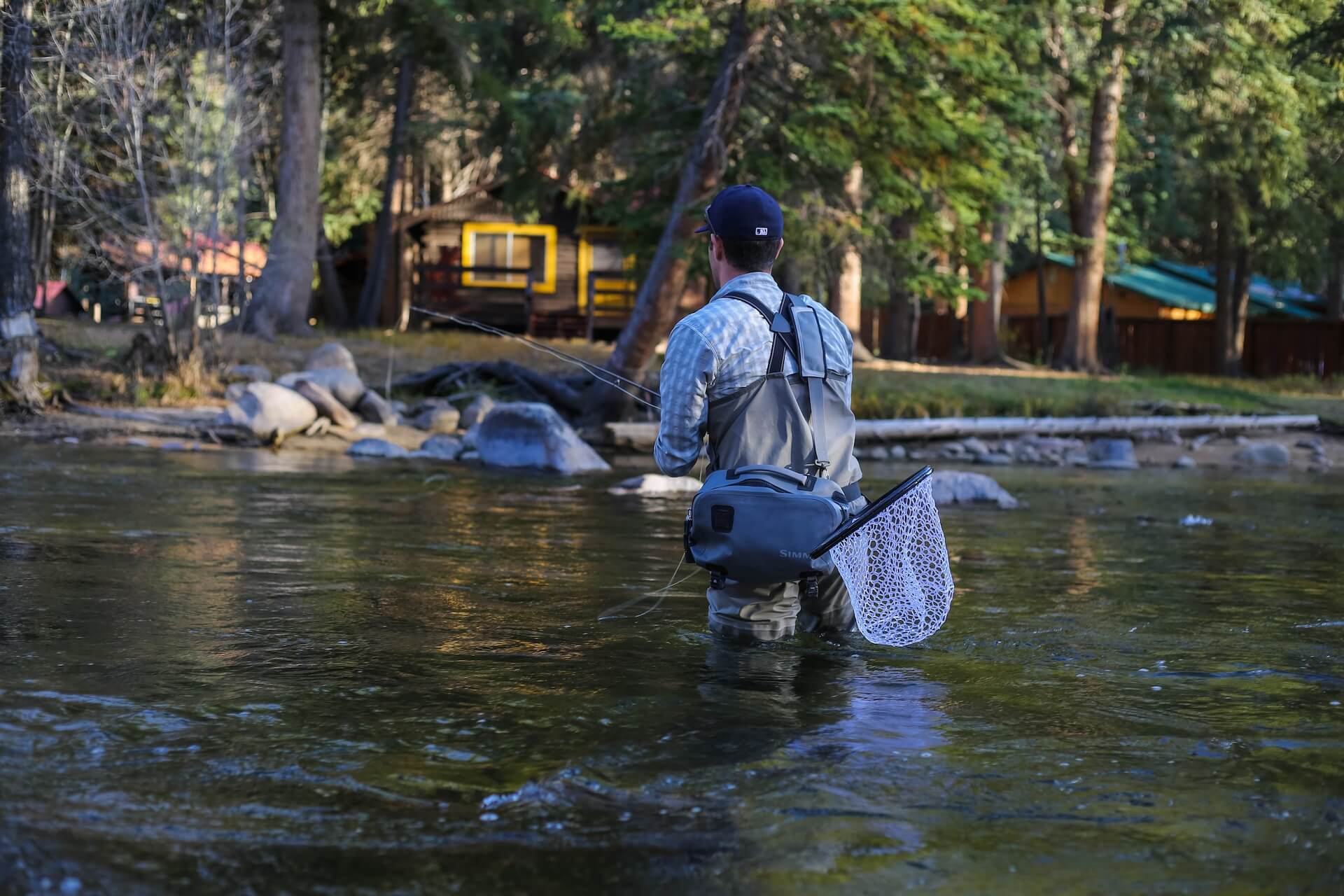.jpeg)
An essential piece of equipment for fishing and other water sports enthusiasts, waders keep you dry while you move through the water, offering comfort and protection. To help you make the right choice from among the different models available on the market, here's a guide to the essential criteria to consider when buying your waders.
Types of waders by material

To choose the right waders, you first need to know about the different materials used in their design. This will partly determine their level of comfort and resistance. There are two main types of waders:
- Neoprene waders: Neoprene is a synthetic material that offers excellent thermal insulation. Neoprene waders are therefore particularly suited to cold conditions and icy waters. They are also highly resistant to snags and punctures, allowing you to work in congested areas. However, they can be less comfortable and bulkier than waders made from breathable fabric.
- Breathable waders: This lightweight, supple material offers greater comfort thanks to its ability to wick away perspiration efficiently. Waders made from breathable fabric are ideal for situations where good body temperature regulation is required, such as during intense physical activity or in hot weather. However, they are generally less durable than neoprene waders and require more rigorous maintenance.
Today's fishing brands have developed a wide range of products that will undoubtedly meet the needs of even the most demanding anglers.
Discover our selection of waders for fishing
Criteria to consider when choosing waders

Now that you know the main types of waders, it's time to look at the factors that will influence your choice:
Size and fit
It's crucial to choose waders that are the right size and fit for you. Waders that are too small will restrict your movement, while those that are too big can cause creases and increase the risk of leaks - the exact opposite of what we want from this type of product!
Don't forget to try the waders on with the shoes you'll be wearing during your aquatic activities, to avoid unpleasant surprises. In fact, depending on the brand of your shoes or, conversely, your wader, the sizes can vary and no longer correspond at all to reality. We try to give you as much information as possible in our product descriptions when this is the case.
Boots or integrated booties
Waders can be fitted with integrated boots or socks, each with their own advantages and disadvantages:
- Integrated boots offer better protection against water and sharp objects that may be on the bottom of the water. They are also easier to put on and take off. On the other hand, they are generally heavier and less comfortable than integrated booties.
- Integrated booties are lighter and more comfortable, allowing greater mobility. They do, however, require you to wear suitable footwear to protect your feet.
The choice depends on your needs, and there's no problem choosing between the two.
Abrasion and puncture resistance
It's essential to opt for waders that are tough enough to avoid tears caused by rocks, branches or accidental hooks. Neoprene waders are generally more resistant than those made from breathable fabric. Some models also have reinforcements in the knees and buttocks for optimum protection.
Today, however, brands such as Daiwa and Fox Rage are developing new weaving technologies to make breathable models even more resistant. Neoprene will remain the best choice for anglers wishing to fish in crowded environments or on the seashore near rocks.
Adjustment and fastening options
Adjustable shoulder straps and an elasticated waistband give the waders a secure fit and make them waterproof. Loops for attaching various accessories, such as wire cutters or pliers, can also come in handy during your aquatic activities.
Details like these can make all the difference from one model to another. Some even have belly pockets for easy access to your accessories. It's up to you to decide how important these options are, but they're not to be ignored.
Maintaining your waders to extend their life

Once you've chosen your waders, it's time to look after them properly to preserve their performance and longevity:
- Rinse your waders thoroughly in fresh water after each use to remove impurities and salt residues that could damage the materials.
- Leave them to dry in the open air, away from direct sunlight and any source of heat, to prevent the materials from degrading.
- Store your waders in a dry place at room temperature, without compressing or folding them.
- Check the condition of your waders regularly and repair any leaks or tears as necessary.
By taking the time to choose your waders carefully and following these care tips, you'll be able to enjoy your aquatic activities to the full while staying comfortably dry.
So don't wait any longer and discover the models available on our site to find the waders that will perfectly meet your needs and expectations. If you have any questions, our advisers are there to answer you live via chat, on our social networks and by e-mail!
You might also like to read our other articles on waders:
